Products Lineup
News / Blog
Other Menus
Product lineup:landscape
-
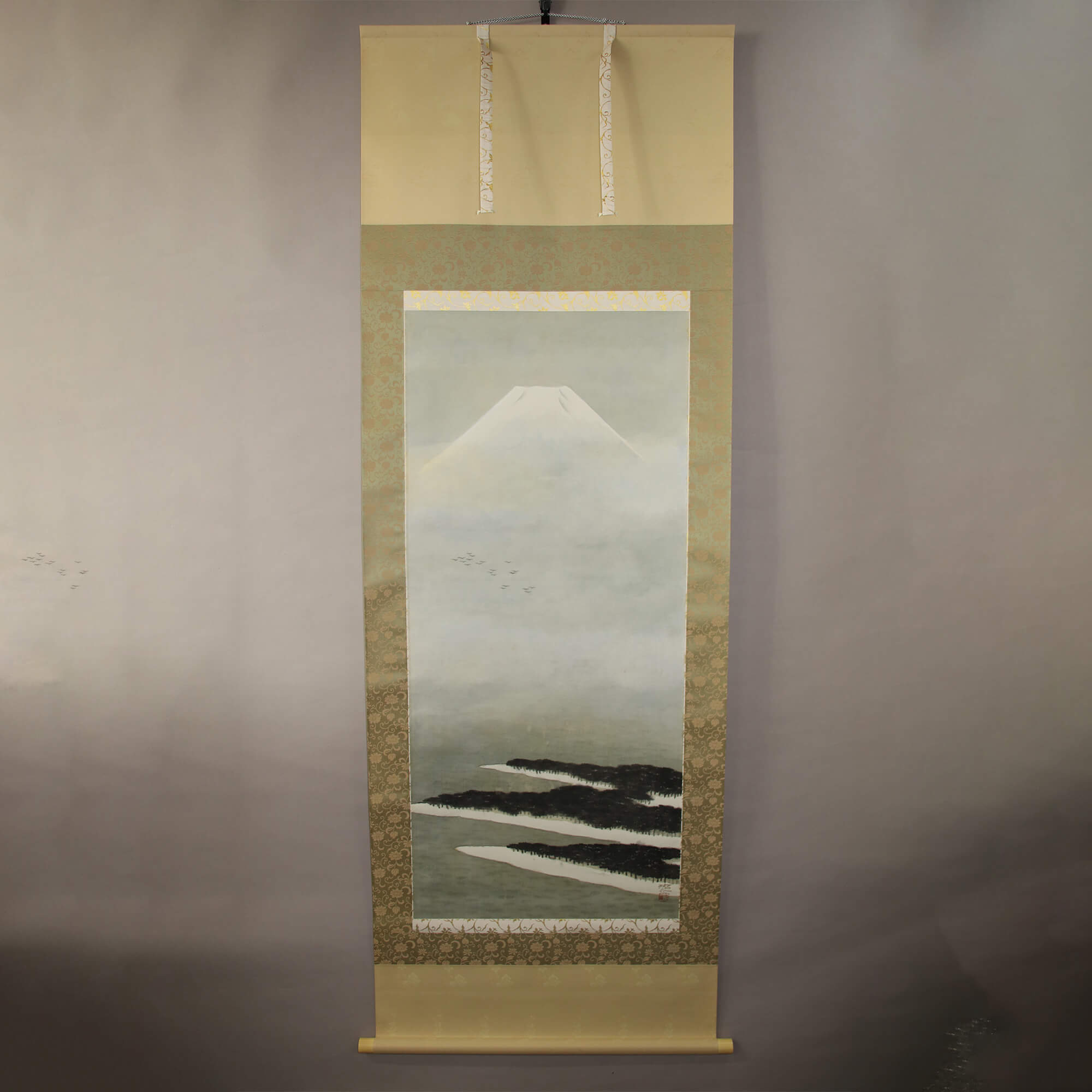 Product ID-0237
Kakejiku Hanging Scroll: Landscape Painting : Mt. Fuji / Satō Shōzō
Fuji
Product ID-0237
Kakejiku Hanging Scroll: Landscape Painting : Mt. Fuji / Satō Shōzō
Fuji
-
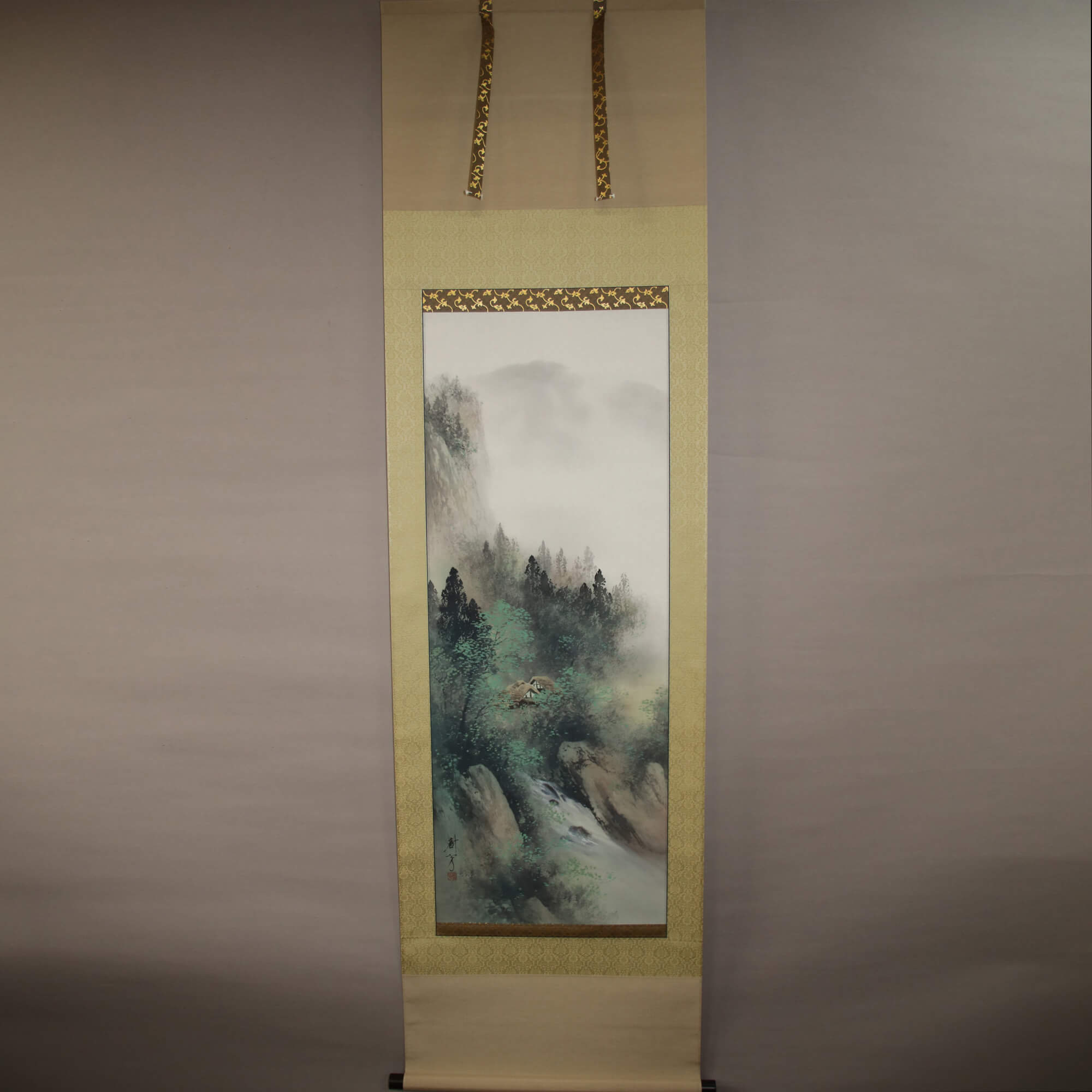 Product ID-0241
Kakejiku Hanging Scroll: Colored Landscape / Nakazawa Juhō
Saishiki Sansui
Product ID-0241
Kakejiku Hanging Scroll: Colored Landscape / Nakazawa Juhō
Saishiki Sansui
-
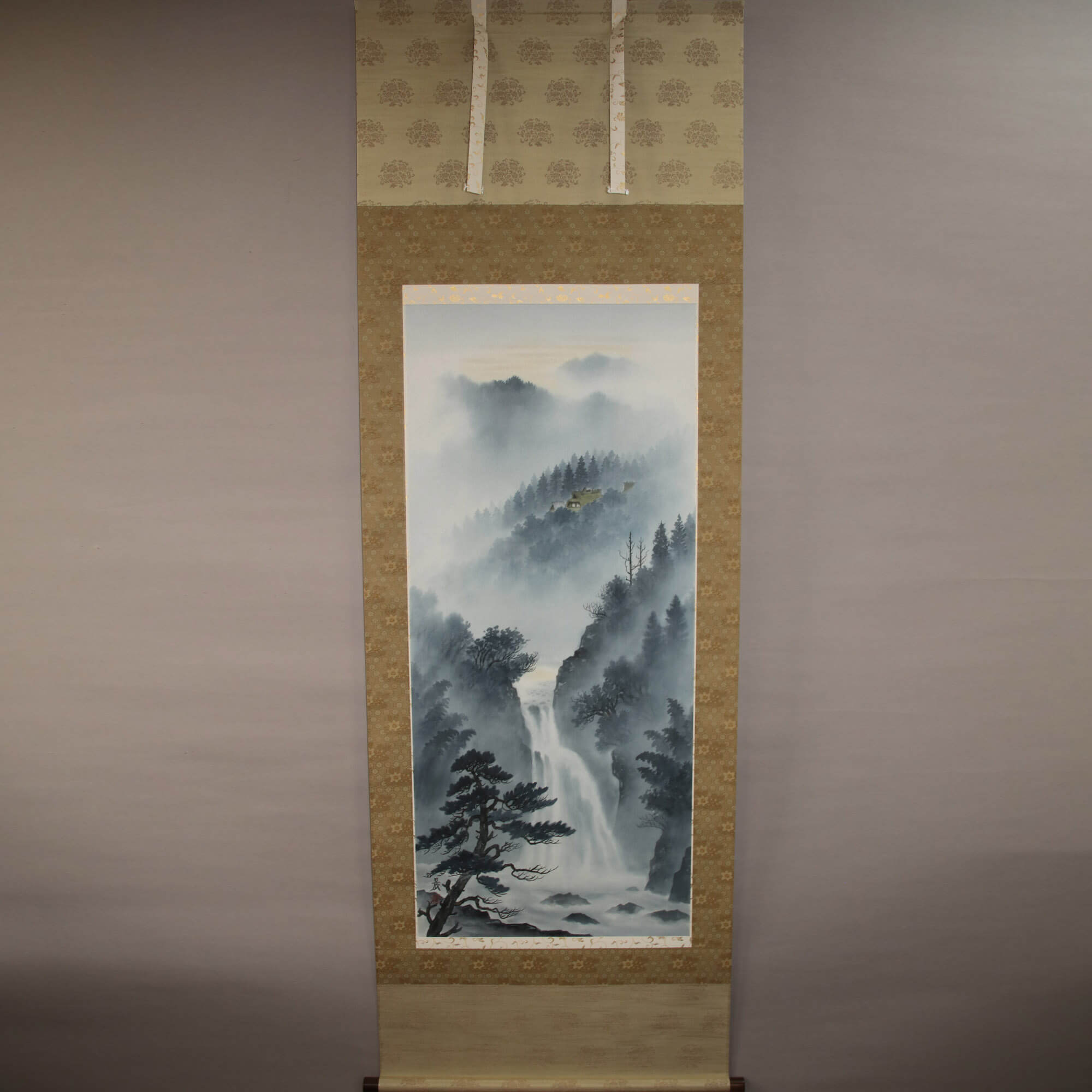 Product ID-0249
Kakejiku Hanging Scroll: Landscape Painting / Takahashi Shin
Sansui no zu
Product ID-0249
Kakejiku Hanging Scroll: Landscape Painting / Takahashi Shin
Sansui no zu
-
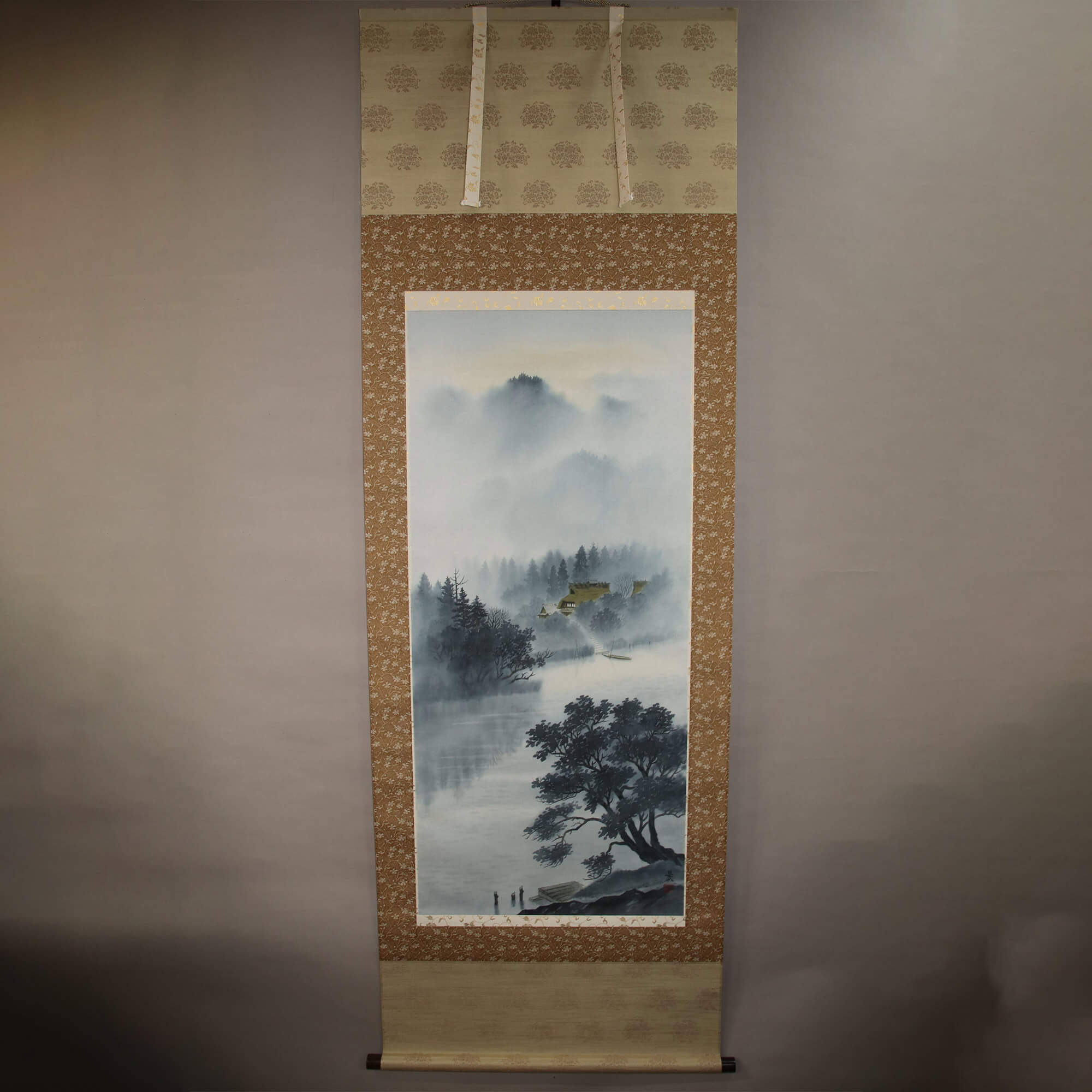 Product ID-0250
Kakejiku Hanging Scroll: Colored Landscape Painting / Takahashi Shin
Saishiki Sansui
Product ID-0250
Kakejiku Hanging Scroll: Colored Landscape Painting / Takahashi Shin
Saishiki Sansui
-
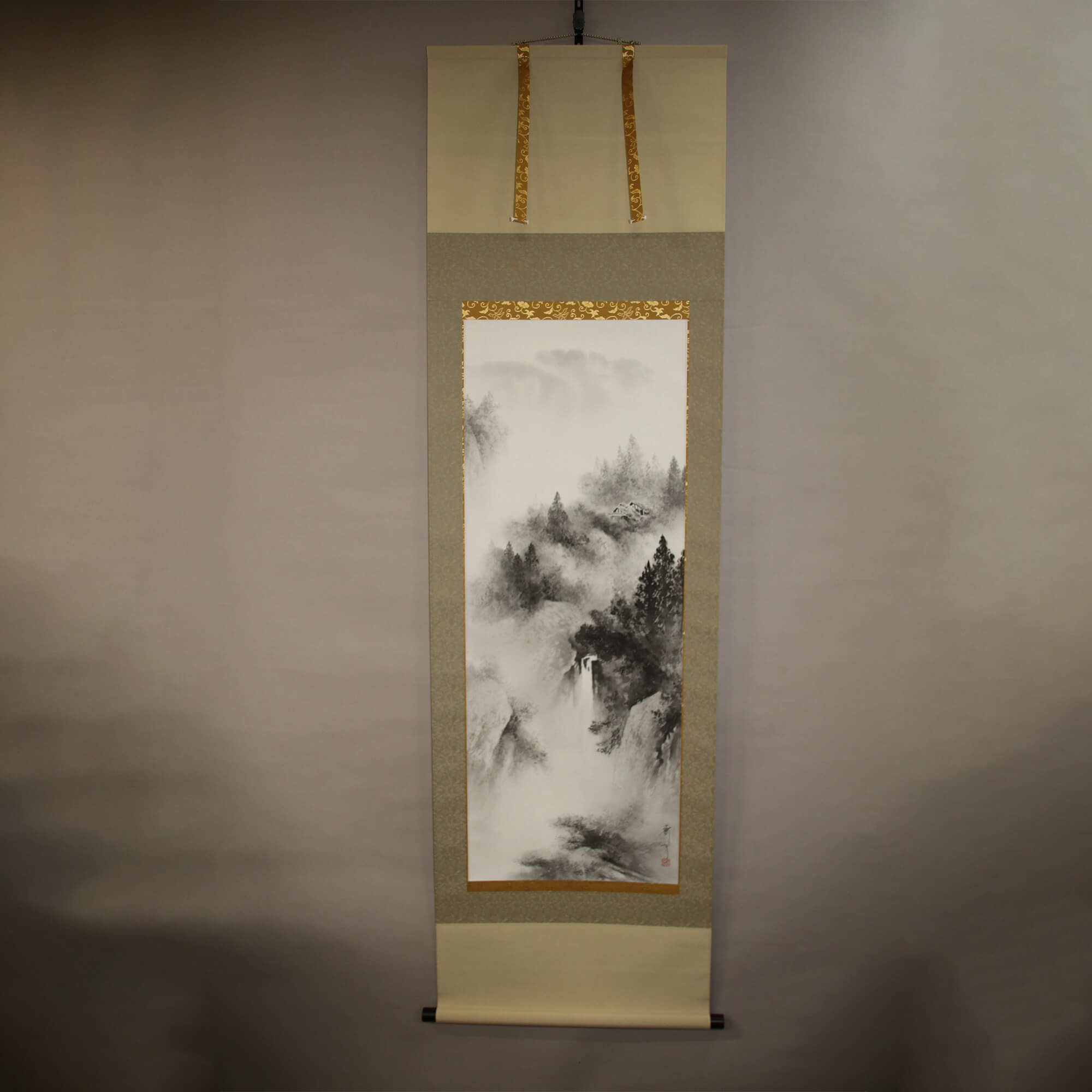 Product ID-0257
Kakejiku Hanging Scroll: Landscape Painting in “Sumi” Ink / Nakazawa Juhō
Suiboku Sansui
Product ID-0257
Kakejiku Hanging Scroll: Landscape Painting in “Sumi” Ink / Nakazawa Juhō
Suiboku Sansui
-
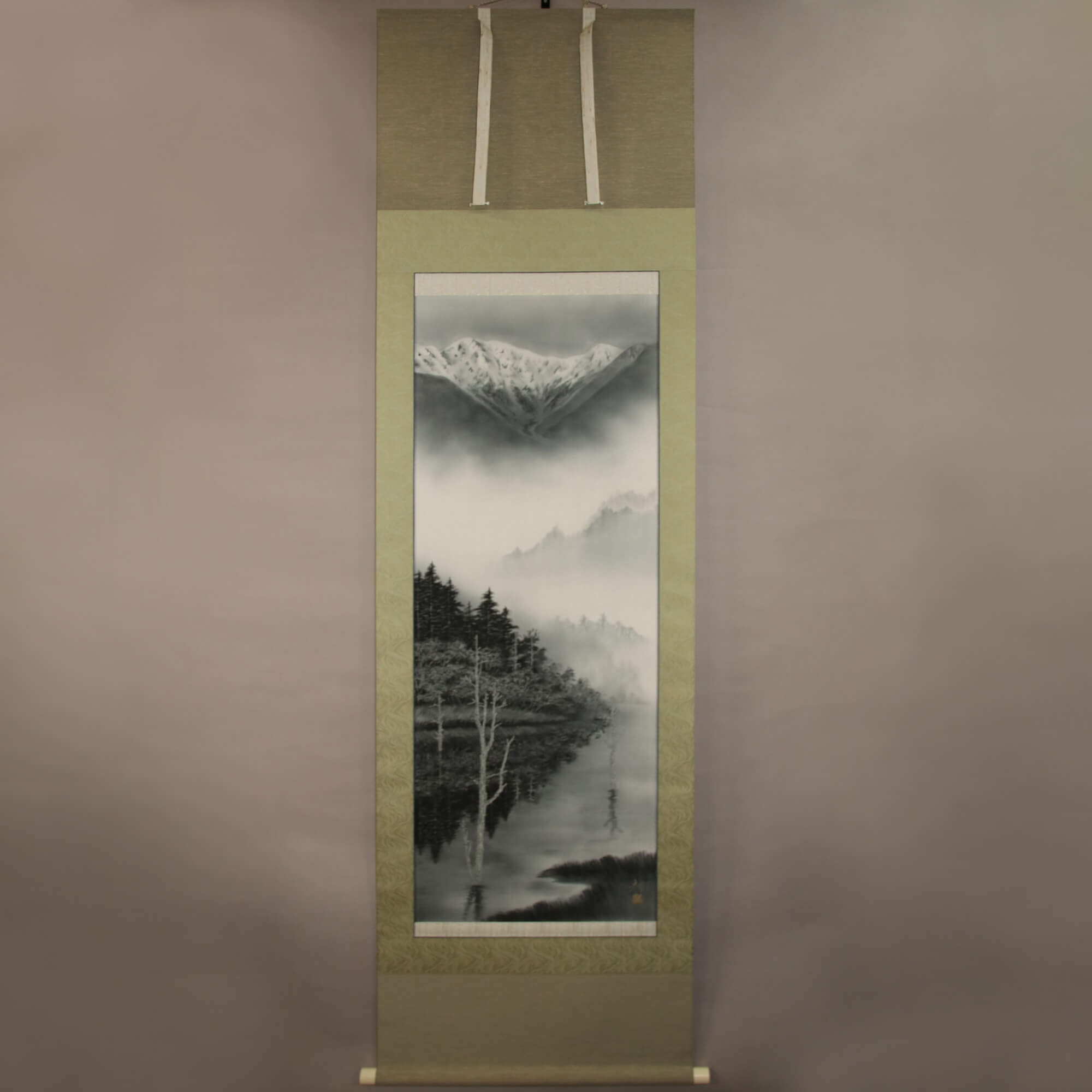 Product ID-0260
Kakejiku Hanging Scroll: Landscape Painting: Kamikōchi / Katō Tomo
Kamikōchi
Product ID-0260
Kakejiku Hanging Scroll: Landscape Painting: Kamikōchi / Katō Tomo
Kamikōchi
-
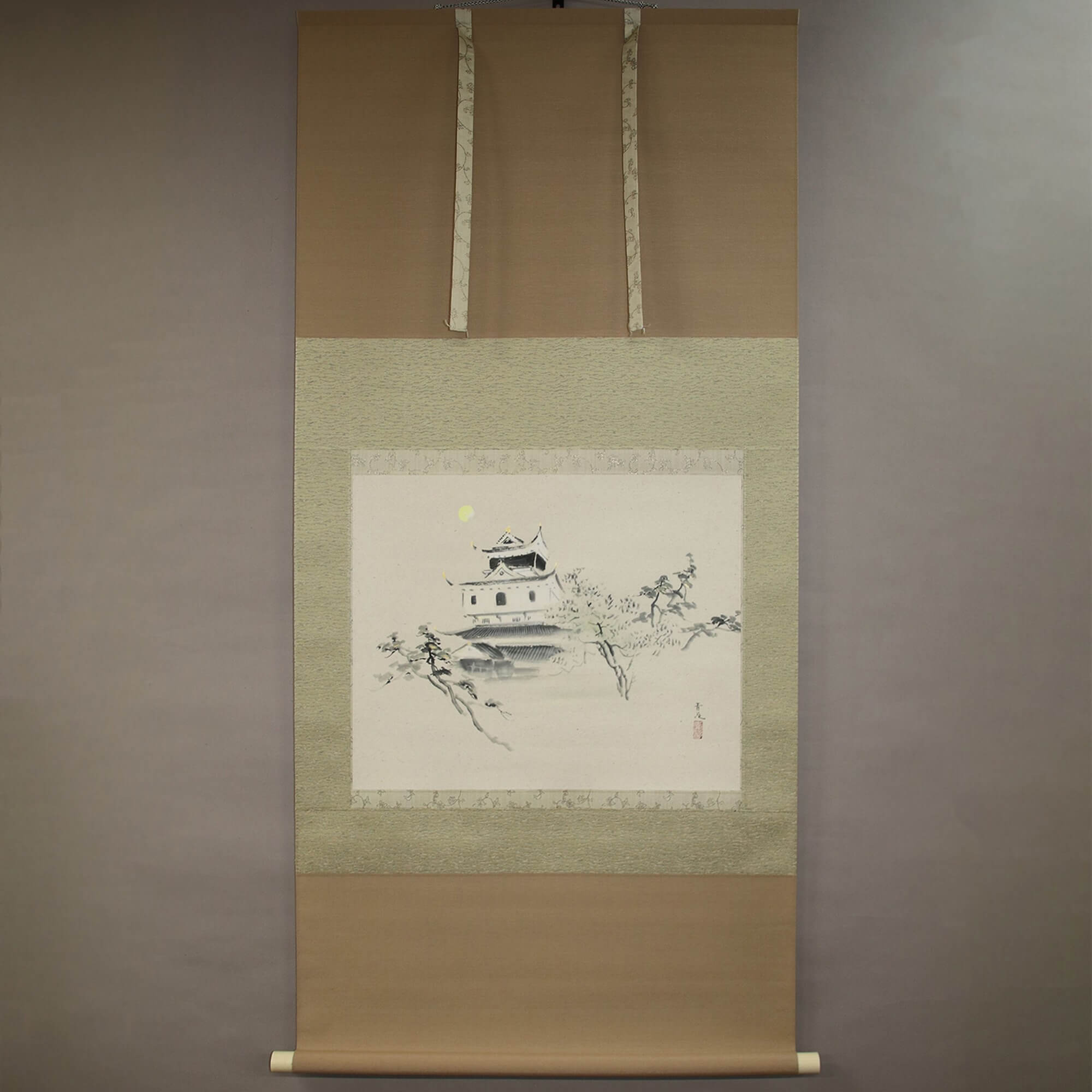 Product ID-0273
Kakejiku Hanging Scroll: Landscape Painting: Iwakuni Castle / Tatsumoto Seika
Iwakuni-jō
Product ID-0273
Kakejiku Hanging Scroll: Landscape Painting: Iwakuni Castle / Tatsumoto Seika
Iwakuni-jō
-
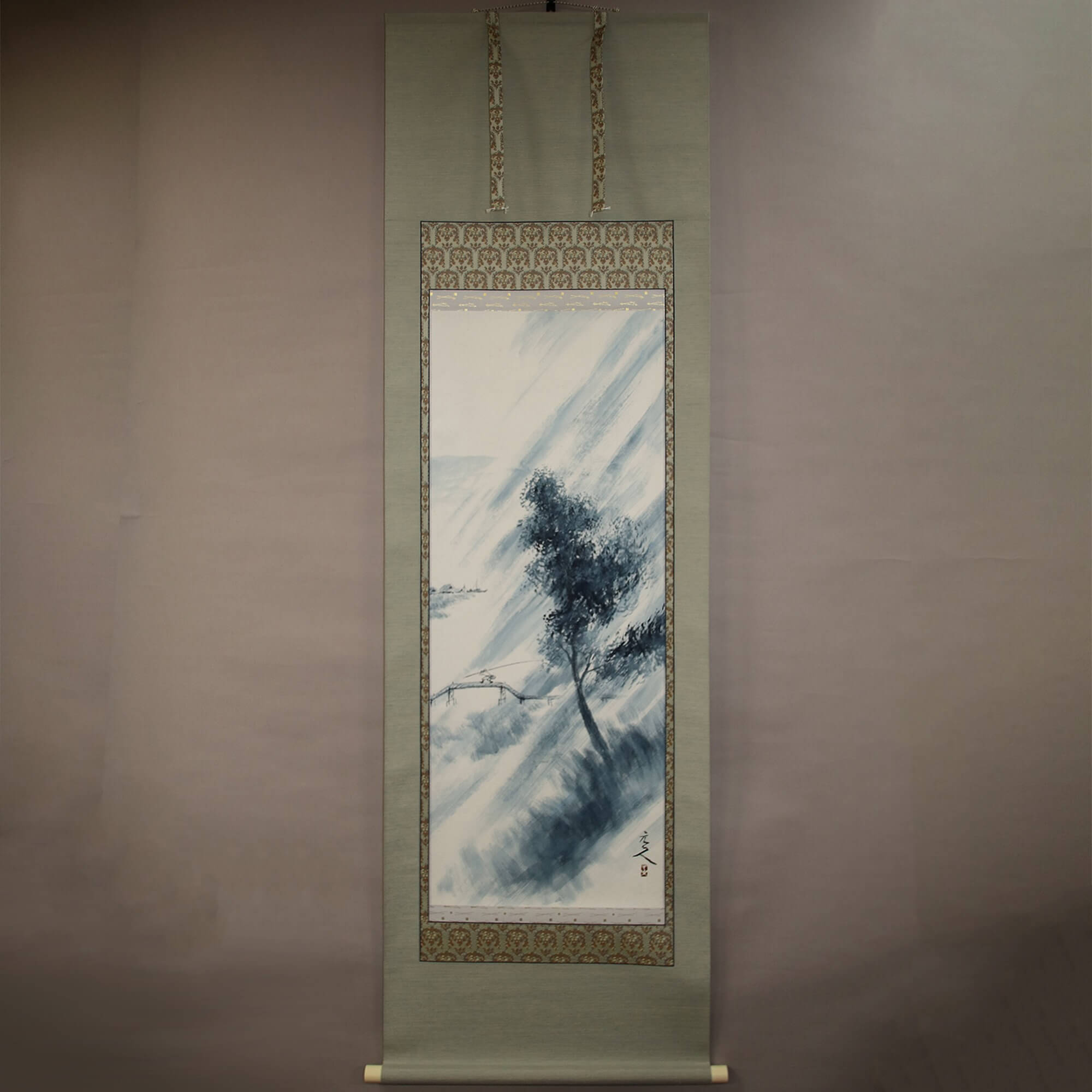 Product ID-0275
Kakejiku Hanging Scroll: Landscape Painting: Sudden Rain Shower / Sugihara Genjin
Shūu
Product ID-0275
Kakejiku Hanging Scroll: Landscape Painting: Sudden Rain Shower / Sugihara Genjin
Shūu
-
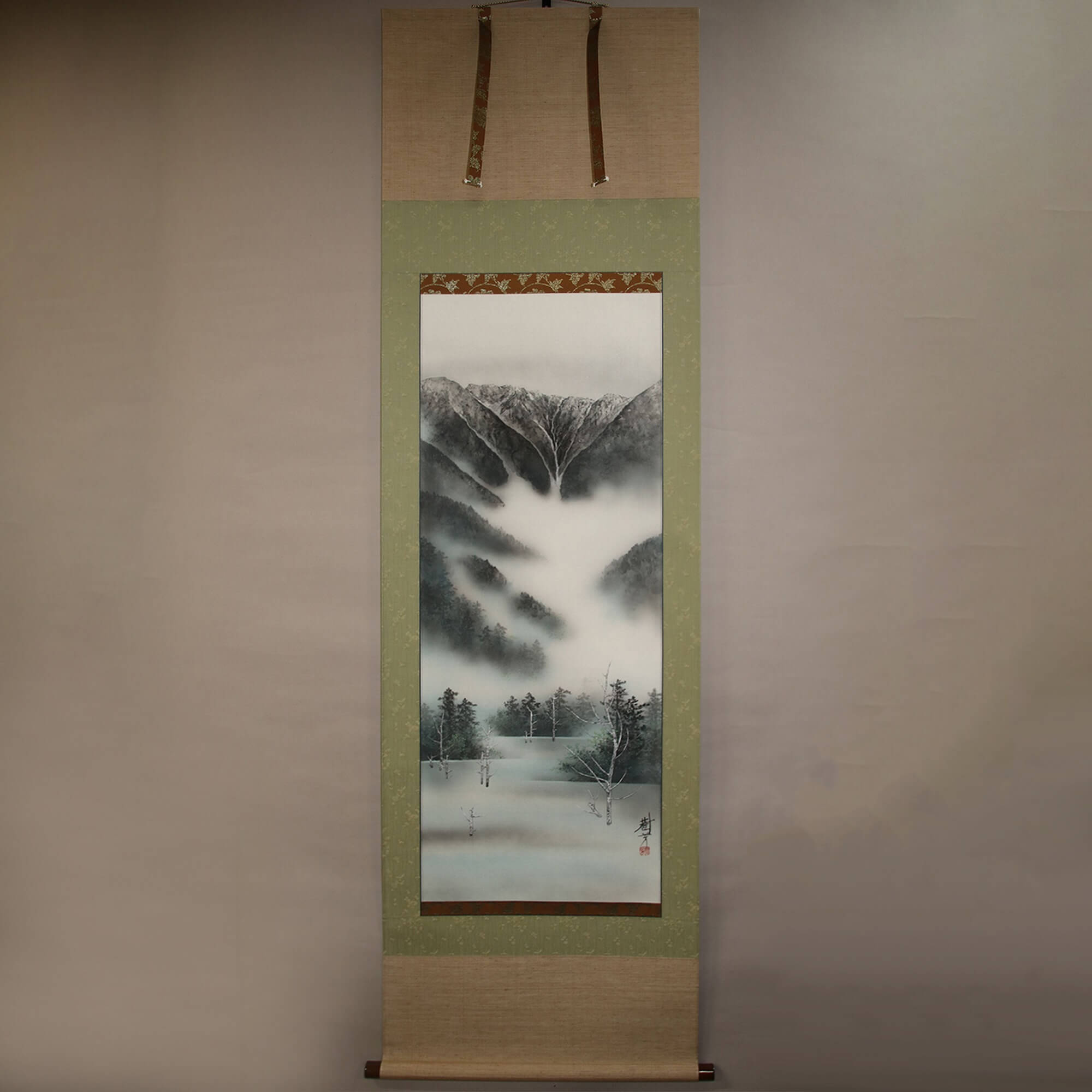 Product ID-0280
Kakejiku Hanging Scroll: Landscape Painting: Taishō-ike Pond / Nakazawa Juhō
Taishō-ike
Product ID-0280
Kakejiku Hanging Scroll: Landscape Painting: Taishō-ike Pond / Nakazawa Juhō
Taishō-ike
-
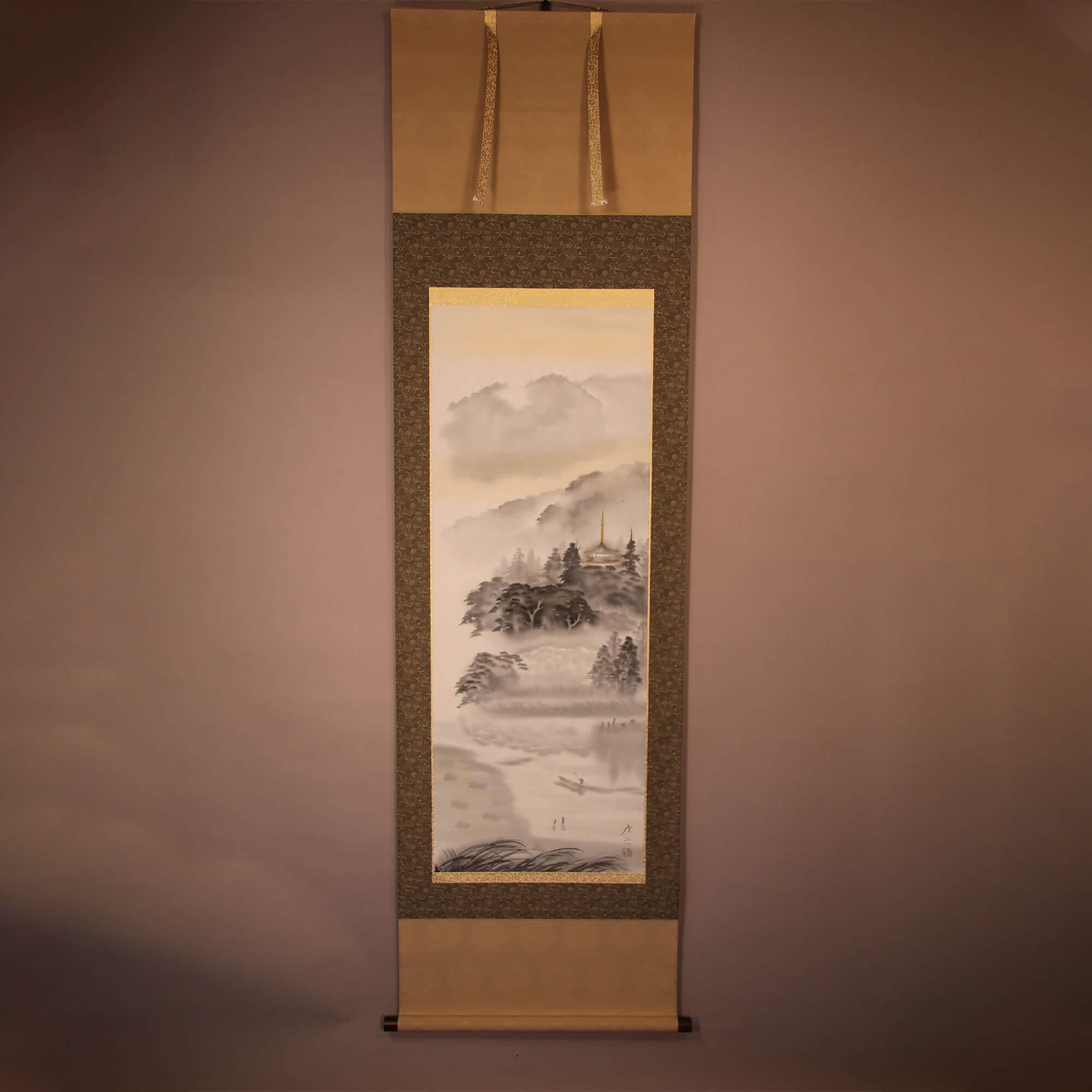 Product ID-0307
Kakejiku Hanging Scroll: Nishinokyō, Ancient Capital Nara / Kaneko Takayuki
Koto Nishi no Kyō
Product ID-0307
Kakejiku Hanging Scroll: Nishinokyō, Ancient Capital Nara / Kaneko Takayuki
Koto Nishi no Kyō
-
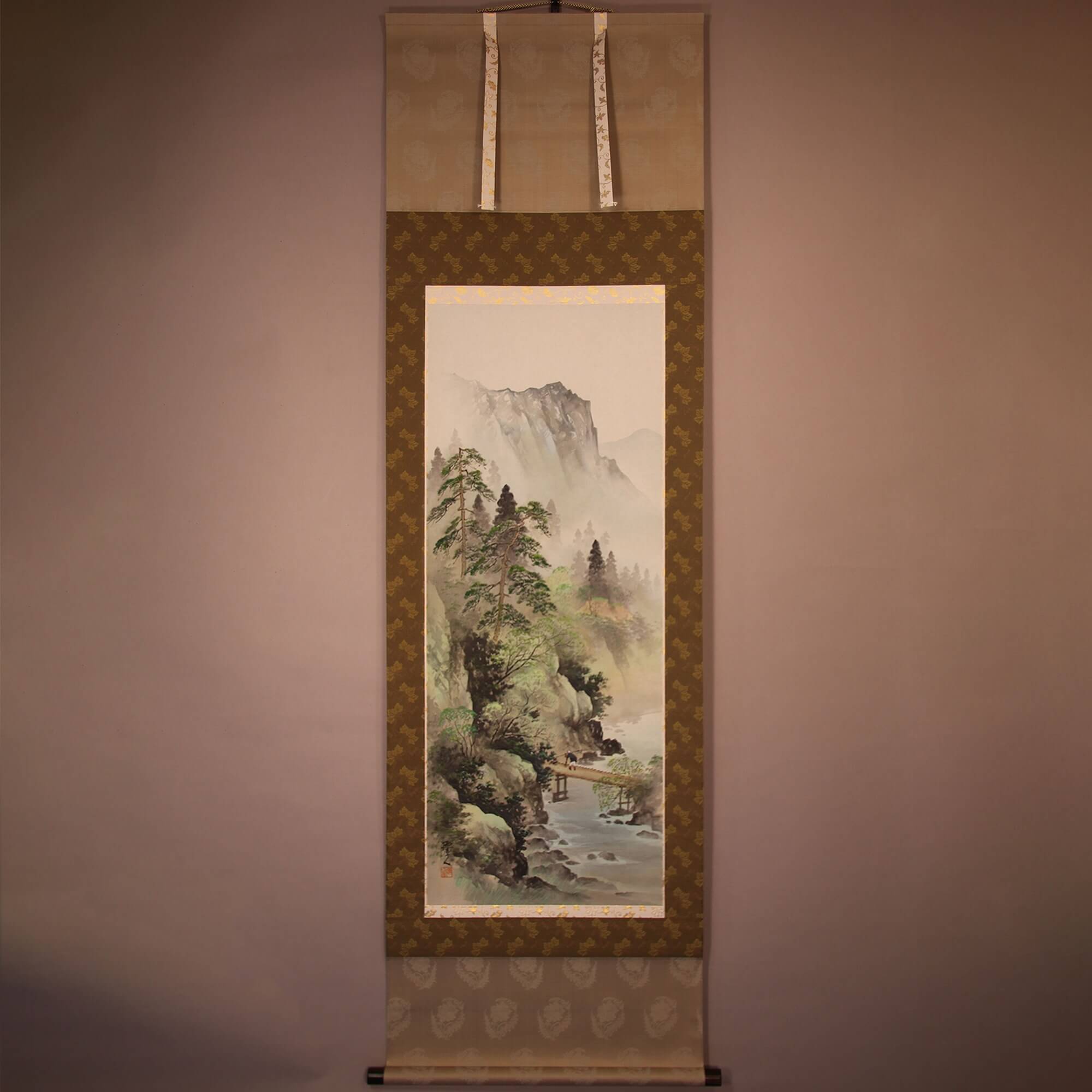 Product ID-0314
Kakejiku Hanging Scroll: Colored Landscape / Kondō Nobuto
Saishiki Sansui
Product ID-0314
Kakejiku Hanging Scroll: Colored Landscape / Kondō Nobuto
Saishiki Sansui
-
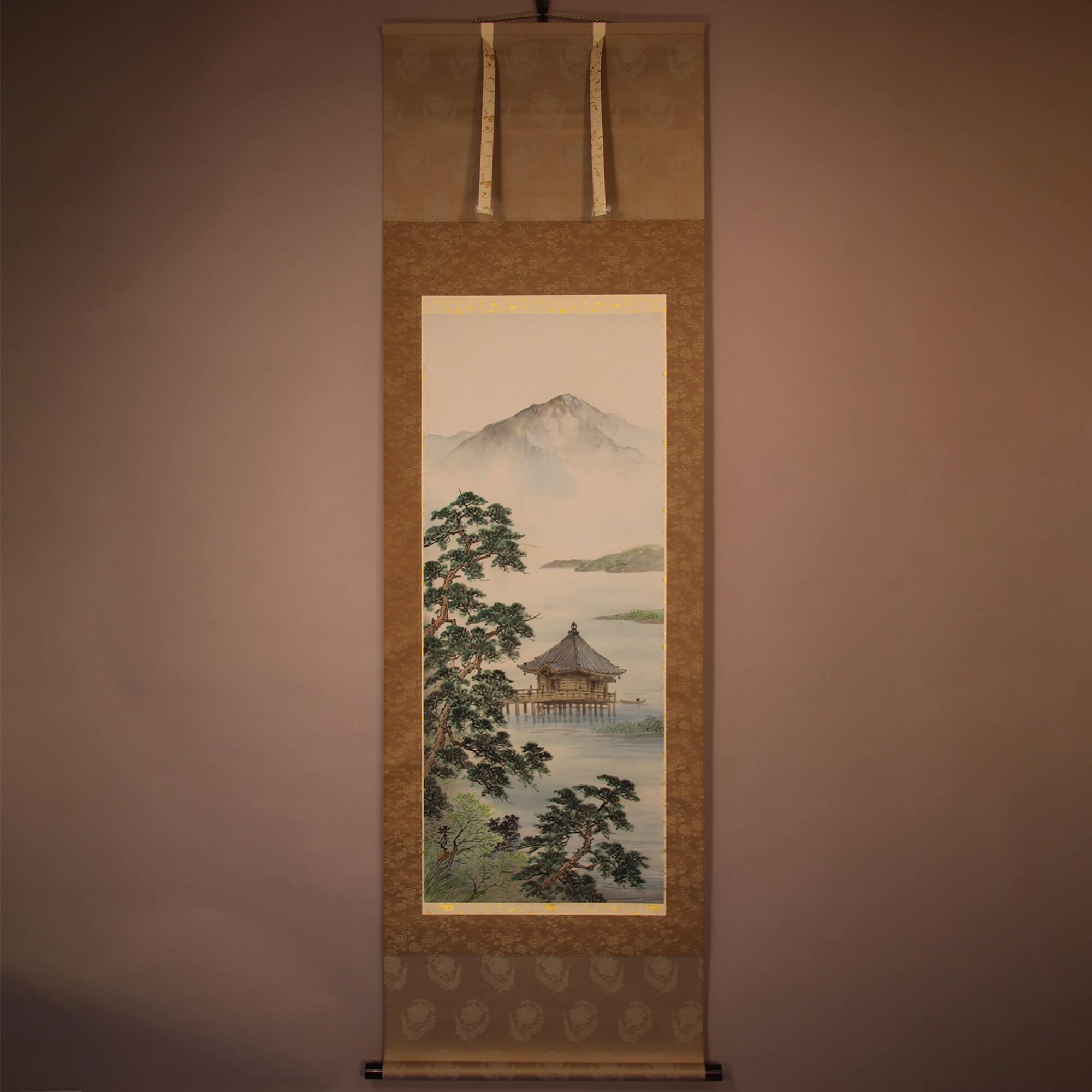 Product ID-0315
Kakejiku Hanging Scroll: Ukimidō / Kondō Nobuto
Ukimidō
Product ID-0315
Kakejiku Hanging Scroll: Ukimidō / Kondō Nobuto
Ukimidō
Contact Us
Please fill out the form below and submit for your inquiry.
Your privacy is important to us. We are committed to protecting your privacy.
(or press ESC or click the overlay)
CEO Message
(or press ESC or click the overlay)Our Feelings For Kakejiku
Company Profile
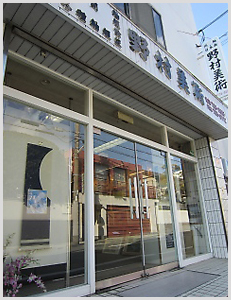
Name Art Nomura
President Tatsuji Nomura
Founded1973
Established1992
Address7-23 Babadori, Tarumi-ku, Kobe city,
Hyougo Prefecture, 655-0021, Japan
Capital10 million yen
URLhttp://nomurakakejiku.com
Our Business
Art Nomura is an art dealer which produces kakejiku (hanging scrolls). We mount many paintings and calligraphic works in kakejiku in my factory. Kakejiku are our main product. We also remount and repair old or damaged kakejiku. We share the traditional Japanese art of kakejiku with people all over the world.
(or press ESC or click the overlay)
Access Map
(or press ESC or click the overlay)Access Map
